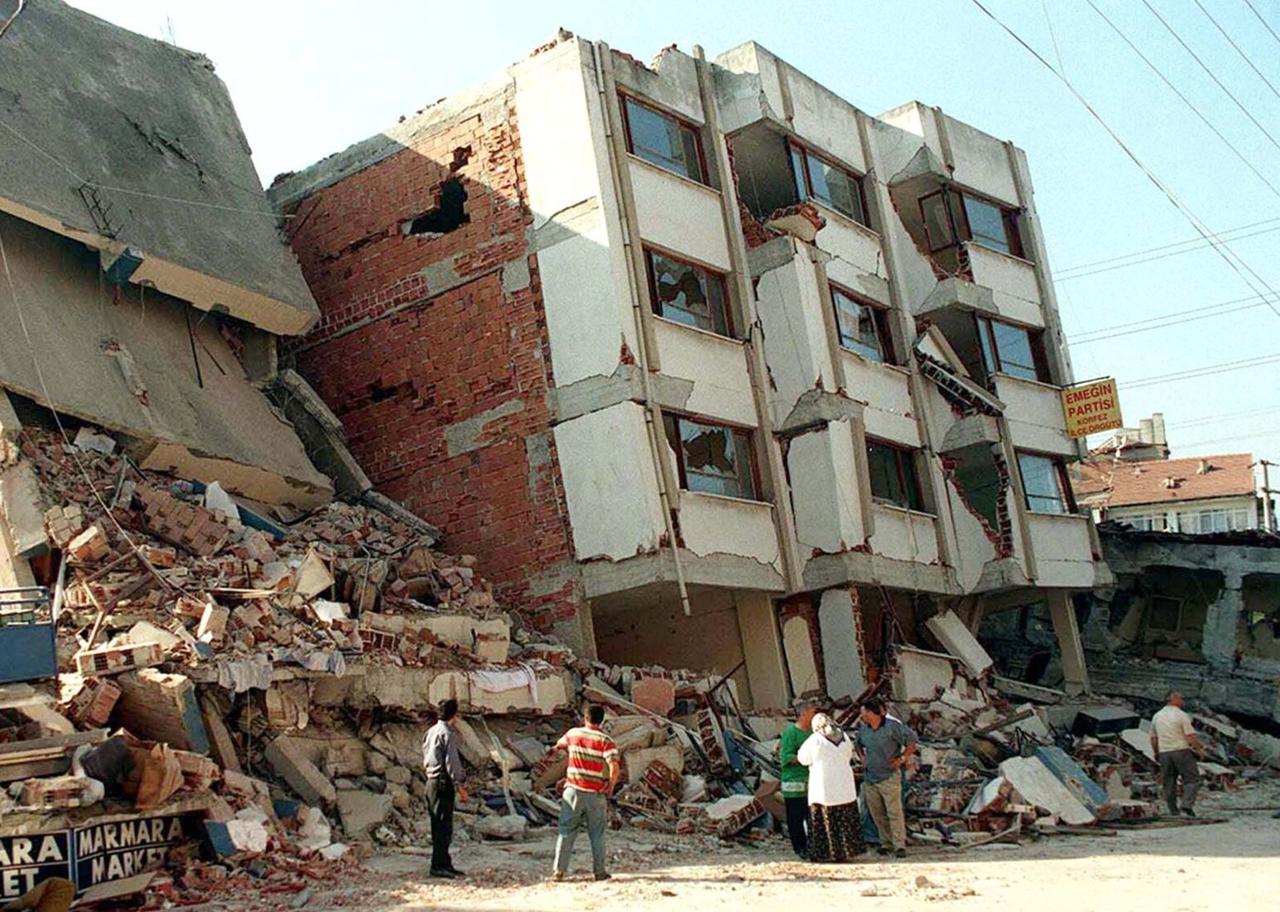
The fear of a long-anticipated "Big One" in the Marmara region has returned to the forefront after the April 23 earthquake. No matter the political agenda or news cycle, the question remains omnipresent: When will the next big Istanbul earthquake strike? Top geophysicists, seismologists, and earth scientists who have studied Marmara’s complex fault system spoke to Oksijen from Türkiye, offering insight and concern.
Dan McKenzie, Emeritus Professor at Cambridge University and a foundational figure in plate tectonics, highlights the speed differential between the Anatolian and Eurasian plates,
"Anatolia is moving west at about 30 mm/year. In the Marmara region, the southern side of the North Anatolian Fault (NAF) shifts 20–25 mm/year, while the northern part remains nearly stationary."
This discrepancy leads to significant stress accumulation. But the critical scientific question, according to McKenzie, is this:
“Is the stress accumulating elastically or being relieved by creep?”
In other words, is the tension building up silently beneath Istanbul, or is it being released in small, harmless movements? In the absence of data from the underwater fault zone between latitudes 40.5 and 41 degrees, no one can say for sure.
Yet McKenzie shares a cautious optimism rooted in Istanbul’s resilient landmarks:
“Structures like Hagia Sophia have stood for centuries. If the Marmara fault produced magnitude 7.8 earthquakes like in southern Türkiye, those structures wouldn’t be here.”
Northwestern University’s Emile Okal stresses that tsunami generation is unlikely in Marmara:
“The quakes here are mostly strike-slip, horizontal in motion, which limits tsunami potential.”
Still, he cautions that seismic activity could cause underwater landslides, which in turn might generate local tsunamis. His advice?
“If you feel a strong earthquake near the shore, climb at least 10 meters and stay there for a few hours.”
Tom Parsons from the U.S. Geological Survey emphasizes that the April 23 earthquake, measured at magnitude 6.2, did not relieve significant pressure along the fault:
“It’s unlikely this event broke a critical segment of the fault. However, it provides us with valuable data on how shaking and damage distribute — crucial for future planning.”
Still, he admits, "we’re facing vast uncertainty."
Berkeley’s Roland Burgmann feared that the April 23 tremor could trigger something larger.
“Statistically, there’s an increased chance of a bigger quake following a moderate one, especially in the first week.”
Luckily, this did not materialize. But Burgmann warns:
“There is no scientific basis to claim that the expected quake has already occurred.”
Türkiye’s Minister of Environment, Urbanisation and Climate Change, Murat Kurum, emphasized the scale of the challenge after a high-level meeting with Istanbul municipal leaders.
“As of 2025, there are 8.07 million homes and workplaces in Istanbul. Over 3.39 million of them were built before the year 2000.”
He claimed that 60% of the city is now considered safe, but 600,000 units urgently need transformation.